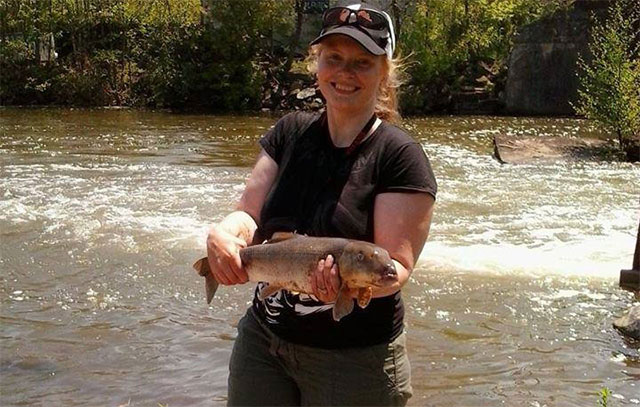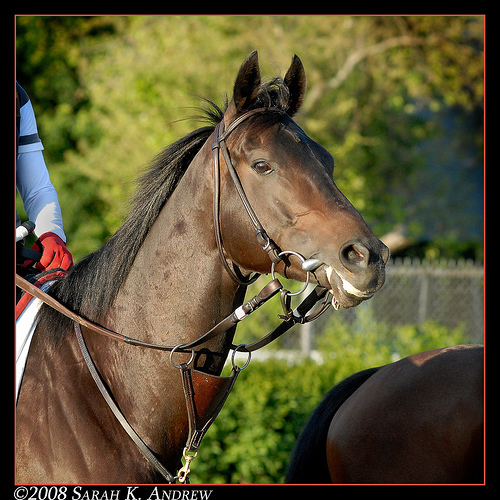freezing up
Question
I coach 9-12yo. Why does a player freeze while at bat on a perfect pitch? Usually it's the one pitch that puts him behind in the count.Then starts swinging at balls when he unfreezes. Doesn't happen all the time, just sometimes.When player hits, it's right up the middle.
Answer
Randy: Very good question.
Not only does "freezing up" occur in younger players, the same situation occurs at the MLB level.
There are probably numerous factors at work, depending upon the individual and their personal situation. It has been my experience that the most prevalent reason is a lack of a plan when they step in the batter's box.
At most all levels, a hitter is lucky if they get one truly good pitch to hit per at bat. More often than not, it is the first pitch, as the pitcher is attempting to get ahead in the count. Whether it is the first pitch, or one that comes a little later in the at bat, should the hitter have no definite plan for what he/she is looking for, that pitch often becomes a called strike.
Hitters, no matter what their age, should know what pitch, in what location they hit the best. With experience that location widens as their skills increase. Until they are looking at two strikes, look to get a good pitch to hit. Don't let them get you out on a pitch you already know you don't hit well.
A typical no approach at bat looks something like this. First pitch get me over fastball, take for strike one. Follows it with a second pitch curveball, maybe for a strike, maybe in the dirt. If it is in the dirt more times than not the hitter will swing and miss.
The pitcher is now in the driver's seat for this at bat. Every pitch he has is an option, as is the location. He is able to work the outside edges of the strike zone, hoping to pick up a call, or get the hitter to chase a ball, pop it up or roll it over.
On my website at <a href="http://www.theoleballgame.com/batting-splits-by-counts.html">batting splits by counts,</a> there is a comparison of the top 10 hitters in the American and National Leagues for 2009. It shows a distinct difference in success when hitting ahead or even in the count, as compared to any two strike count. If it is like that for the very best hitters in the game, at it's highest level, then it certainly is much more so for players in youth and high school baseball.
I have found at the high school varsity level, our players worked well in a system where the plan was to go to the plate, looking for the first good fastball strike to hit, and turn it loose. Our team averages went up, players were having greater success than some of their inherent abilities might have suggested they should have. It was all because they had a plan. Over time, that first good fastball zone widened as they began to feel they could expand their zone. Ultimately, it gets to where changeup and curveball mistakes are added to their list.
With their focus zeroed in on something specific, there were less team strikeouts, less swing and misses on breaking balls in the dirt. It was fun to watch them evolve. It was similar to the effect you get when you give a hitter in a slump the hit and run. He/she no longer has to decide if they are swinging, they just concentrate on swinging and making contact.
Yogi Berra said, "you can't think and hit at the same time". Look for something specific, when you get it, turn it loose. Chances are you won't see it again, at least in that same at bat.
Time after time, as you watch MLB games on TV, the commentators will discuss this very fact. A hitter has the pitcher in a hitters count, the announcers will say, if he gets his pitch here he needs to make it count, will probably not get another one in this at bat. Hitters are not always successful; but when you look at the hitting splits, the overwhelming majority make their living in those hitter's counts 0-0, 1-0, 2-0, 0-1, 2-1, 3-1. Hitting with two strikes is meager at best. Getting behind in the count makes a hitter defensive no matter what level they play at.
See the ball at the pitcher's release point, make it be a pitch you can handle, put a good swing on it, hit it hard somewhere. You are well on your way to success. Sounds simple and easy; but we all know that is not the case.
What I have found is, having that definite plan helps to simplify the process, slow the game down some and builds confidence. All positive things!
There are additional pages in the hitting sections of my site about this topic, including some information where this particular theory came from.
Good luck as you move forward with your players. Should you have additional questions or would like to discuss it further, you can contact me on my site at www.theoleballgame.com. There is a page for questions.
Yours in baseball,
Rick
Pregame
Tag Up Foul Ball


